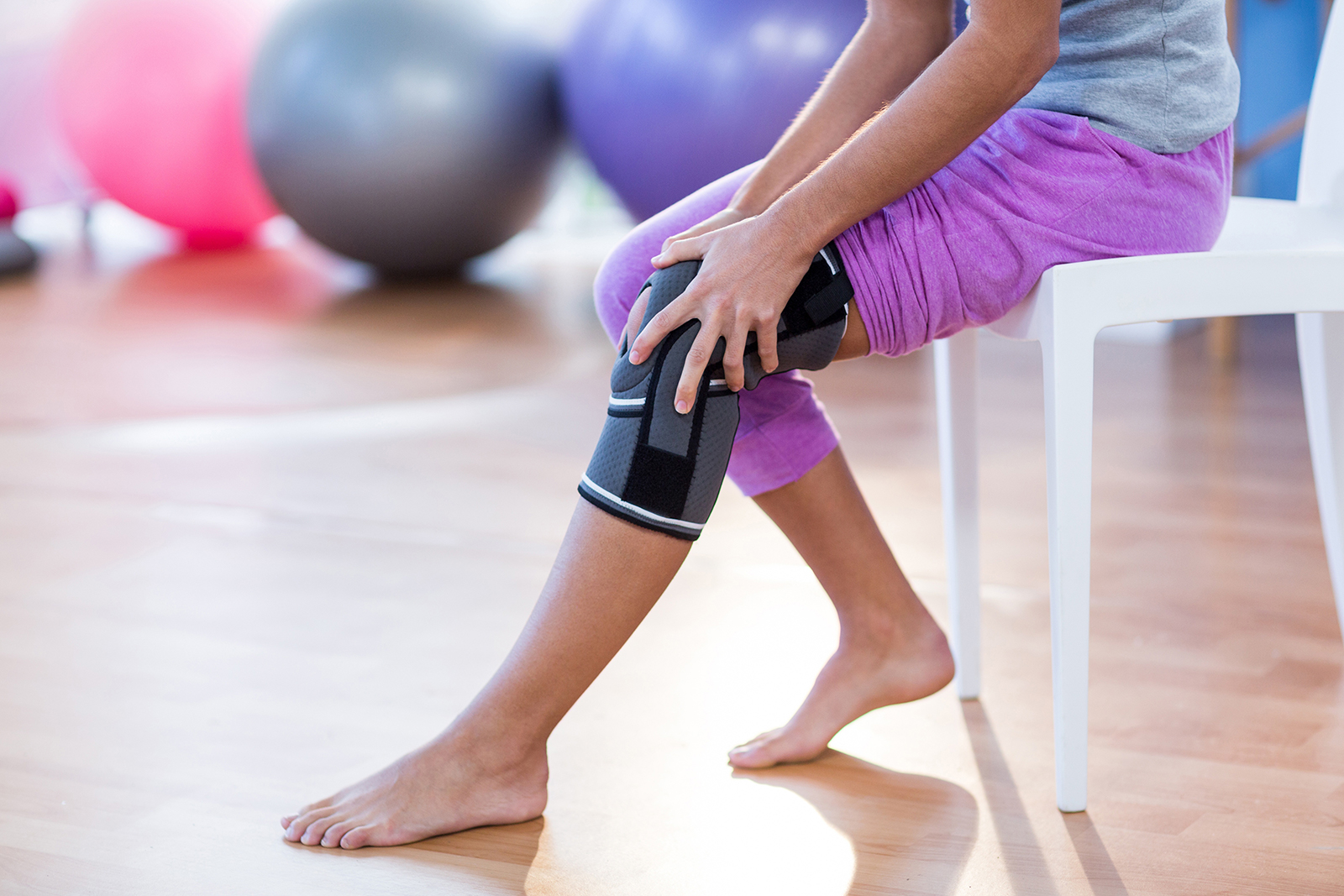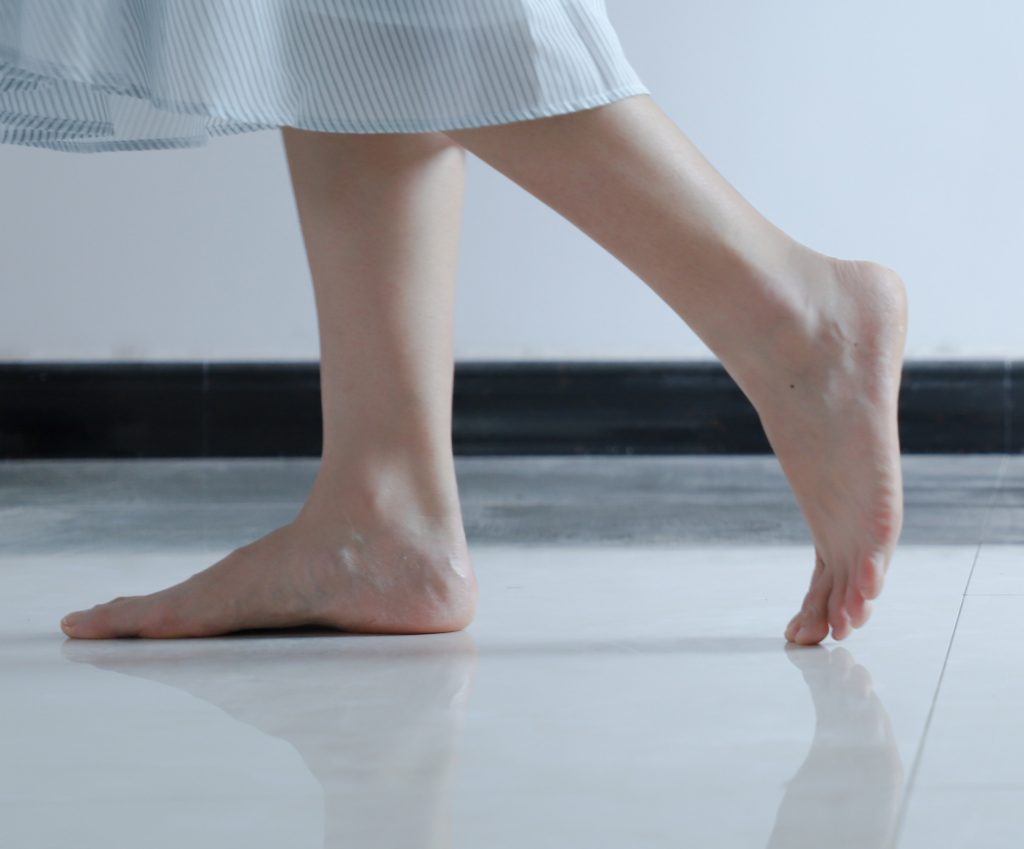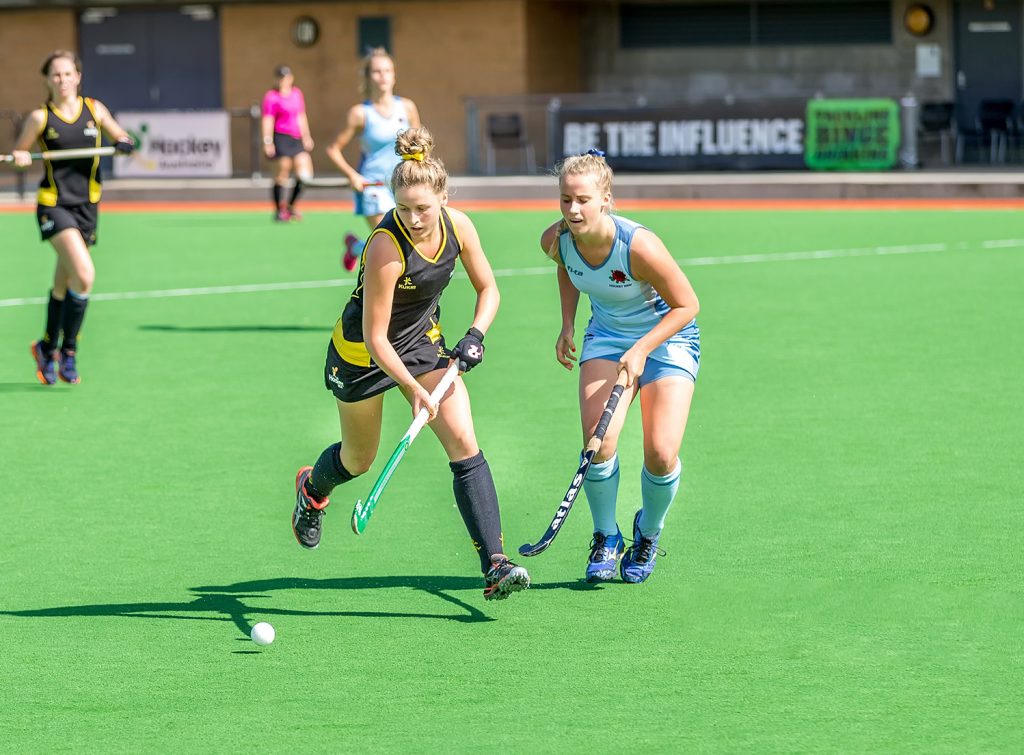You heard that sickening pop as you went down. Your heart sinks.
Your physiotherapist and MRI have confirmed its an ACL (Anterior Cruciate Ligament) rupture. So, what now? Is surgery the only option?

The short answer is no. Not all ACL injuries require surgery.
There have been very interesting progressions in the science behind managing ACL injuries in recent years. Some research suggests that there is no difference between surgery and conservative management in patient reported outcome measures at 2 and 5 years after the initial injury. There have been a number of cases that support this, showing unequivocally that people can return to elite level sport without an ACL reconstruction (1).
“athletes may be over-treated when it comes to ACLR surgery, but under-treated when it comes to rehabilitation”
What happens if the ACL is surgically reconstructed?
To achieve a satisfactory outcome from an ACL injury. The knee needs to become ‘clinically stable’. That means that the knee won’t give way when the person is participating in their chosen sport or pastime. Without ACL surgery, it’s important to understand the mechanisms behind achieving clinical stability.
Here are the options:
(1). The severely injured ACL actually heals (this may happen more than the experts previously thought).
(2). The knee is able to maintain clinical stability after a process of physical rehabilitation, such that the risk of re-injury is similar to, or better than if the person had chosen surgical reconstruction.
In both cases, adherence to a graded, individualised, criteria based rehabilitation Program is critically important. Sticking to such a program has been shown to have better outcomes across multiple domains with or without surgical repair. This suggests that in some people, strength, neuromuscular control, balance and sport specific training are enough to compensate for the lack of ACL.
Grindem, Arundale and Arden in 2018 suggested that “athletes may be over-treated when it comes to ACLR surgery, but under-treated when it comes to rehabilitation”
It’s important to note that this is a case of no one size fits all. There are a number of prognostic indicators that can help patients and clinicians decide upon the best option for you. For example, if you sustain meniscal or cartilage damage at the time of injury, have a high BMI (body mass index), if you smoke or suffer from poorer mental health, these have the potential to negatively affect your long-term outcomes (2).
If you chose to start a conservative (non-surgical) rehabilitation pathway, you can always opt for reconstructive surgery, 4 months, 18months or even 5 years later. The benefit is, if you go into surgery with a strong, high functioning knee you will come out with a stronger, higher functioning knee than if you did not complete a period of prehabilitation. These strength and function gains have been shown to benefit people up to 5 years’ post-surgery.
In saying all this, based on the current evidence medical professionals are still unable to conclude exactly as to whether surgery or conservative management yields a better outcome. We would like people to understand that there is no easy route or short cut. Both options require a high quality, structured and graded period of rehabilitation.
Key points:
- Surgery is not going to ‘fix’ your knee and we as health professionals can certainly not promise anything. But a rehabilitation program incorporating strength, neuromuscular control, balance and sport specific training will start you in the right direction.
- Be informed. Ultimately it will be your decision as it is your knee, so make sure you talk to your physio, GP and surgeon to ensure you have all the information. And discuss with them the ideas that have come to you from other sources.
- The health of your knee has changed because of the injury. Regardless of whether you proceed with surgery or not, it is really important that you maintain a good baseline strength, BMI and neuromuscular control throughout your entire life. This will reduce your risk of further injury, developing OA (Osteoarthritis) and improve your quality of life. There are some great sports specific programs out there like the netball knee, Fifa 11+ and Footyfirst. And if your sport doesn’t have one, that’s ok, talk to your physio and they will be able to adapt a program to incorporate some sport specific movements for you.
- It’s not just the knee. There are many things that can impact your rehabilitation for the good and the bad, many of them are not localised to the knee. So, it’s important we treat you as a person, and address all the biological, psychological and social factors that make you, you!
If you would like to discuss your knee injury, contact the team at Fluid Physio+Gym. Contact us on 6646 3766 or book online to make an appointment.
References 1. Weiler R, Monte-Colombo M, Mitchell A, Haddad F. Non-operative management of a complete anterior cruciate ligament injury in an English Premier League football player with return to play in less han 8 weeks: applying common sense in the absence of evidence. BMJ Case Reports. 2015:bcr2014208012. 2. Frobell RB, Roos HP, Roos EM, Roemer FW, Ranstam J, Lohmander LS. Treatment for acute anterior cruciate ligament tear: five year outcome of randomised trial. BMJ. 2013;346:f232.







About The Author: Fluid Physio
More posts by Fluid Physio